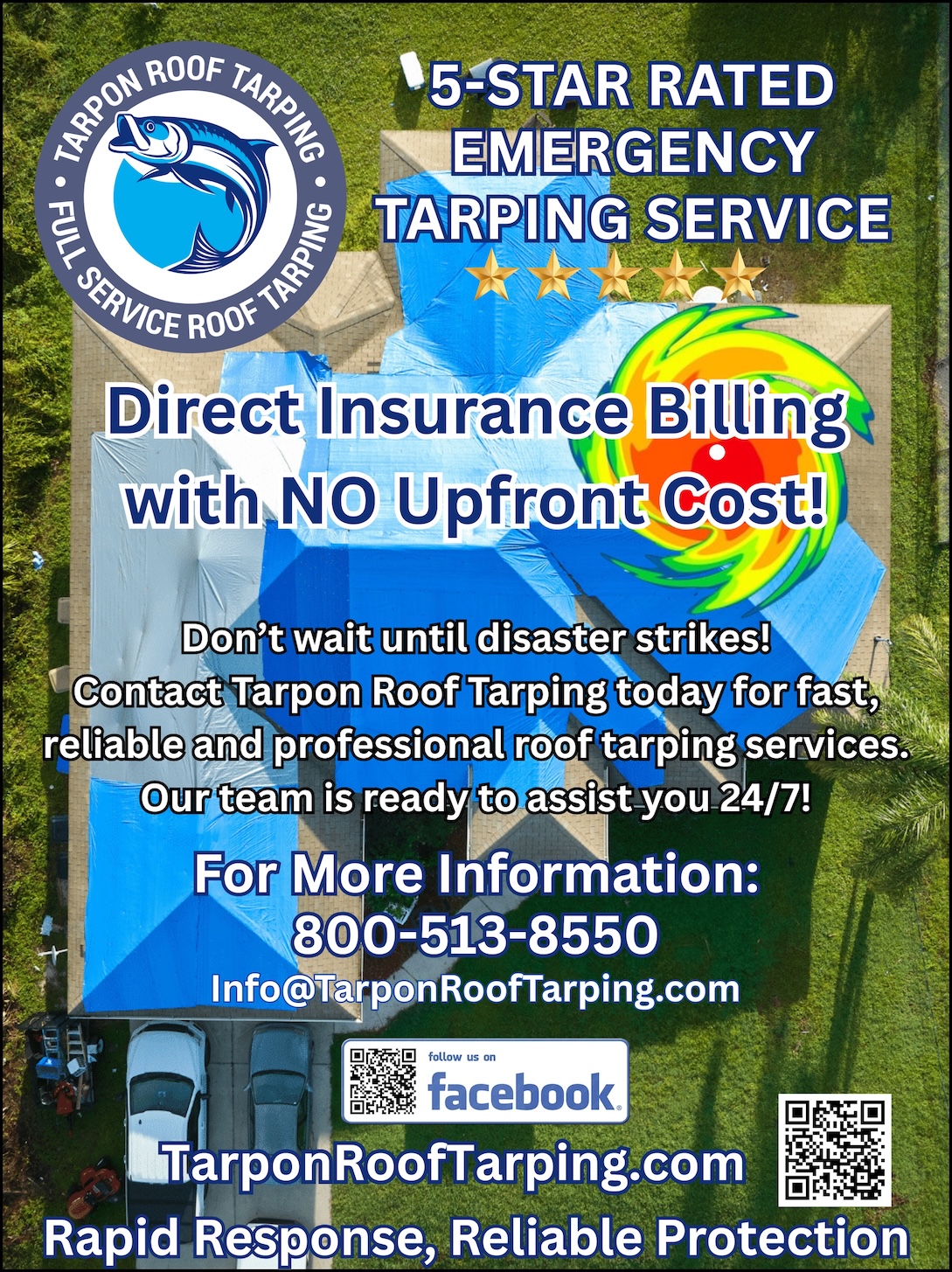by Kim Shiver, M.Ed, Speaker, Communications Strategist
 As we sheltered-in-place over the past months, many people found time to consume new content. Aside from binging Netflix and checking the media for COVID-19 updates, there was and continues to be an increase in online content consumption including online courses.
As we sheltered-in-place over the past months, many people found time to consume new content. Aside from binging Netflix and checking the media for COVID-19 updates, there was and continues to be an increase in online content consumption including online courses.
In last month’s article, I shared why now is a good time to focus on content creation to help your business. One type of content that many businesses look to create is an online course.
How can a small business use an online course?
For some companies, an online course might be a marketing or sales tool. For example, if you sell garden supplies teaching people how to actually plant a garden may help create a market for your products.
Online Courses can also be an income stream for many businesses. Creating courses that you sell is a way to both scale your services and grow your business through added revenue.
Live Webinar Versus Automated Courses
There are different forms of online courses. Live webinars frequently provide anywhere from ½ hour to 1.5 hours of content delivered as an online presentation. Note that these can be recorded and replayed, but the format tends to be a single presentation with or without slides.
For many, this is the fastest way to get started teaching online.
Automated courses usually consist of short videos, text, and other information that is placed into a Learning Management System for students to progress through at their own pace.
While automated courses can take longer to create, they often have more perceived value. When done well, they provide specific information that students can follow to complete the tasks they are learning in a format that allows them to succeed and see their own progress
Holding a webinar to launch and market an automated online course can be a profitable strategy, so consider blending the two options.
 How to Create an Automated Online Course
How to Create an Automated Online Course
From the curriculum to the technology creating your first online course can seem a bit daunting. Following a proven structure will help you create and complete your course, easier.
- Decide on Your Topic
- Brainstorm the Lessons
- Create your Syllabus
- Detail the Content Needed for Each Lesson (Video, text, images, quizzes)
- Create the Content
- Determine (and create if necessary) the platform you’ll use to deliver the course
- Add the Course Content into the Platform and Test
- Launch your class
Need help planning your own online course project? Want to learn how to create and run a webinar? Ready to learn why a Zoom meeting is not a webinar and how to select a webinar platform that’s best for you? Learn more at SimpleSolutionstoBuildYourBusi
Kim Shivler is a Gallup Certified Clifton Strengths Coach, Communications Strategist and Consultant. She helps individuals, businesses, and teams, achieve their goals, improve communication, increase sales, and deliver stellar customer service.







